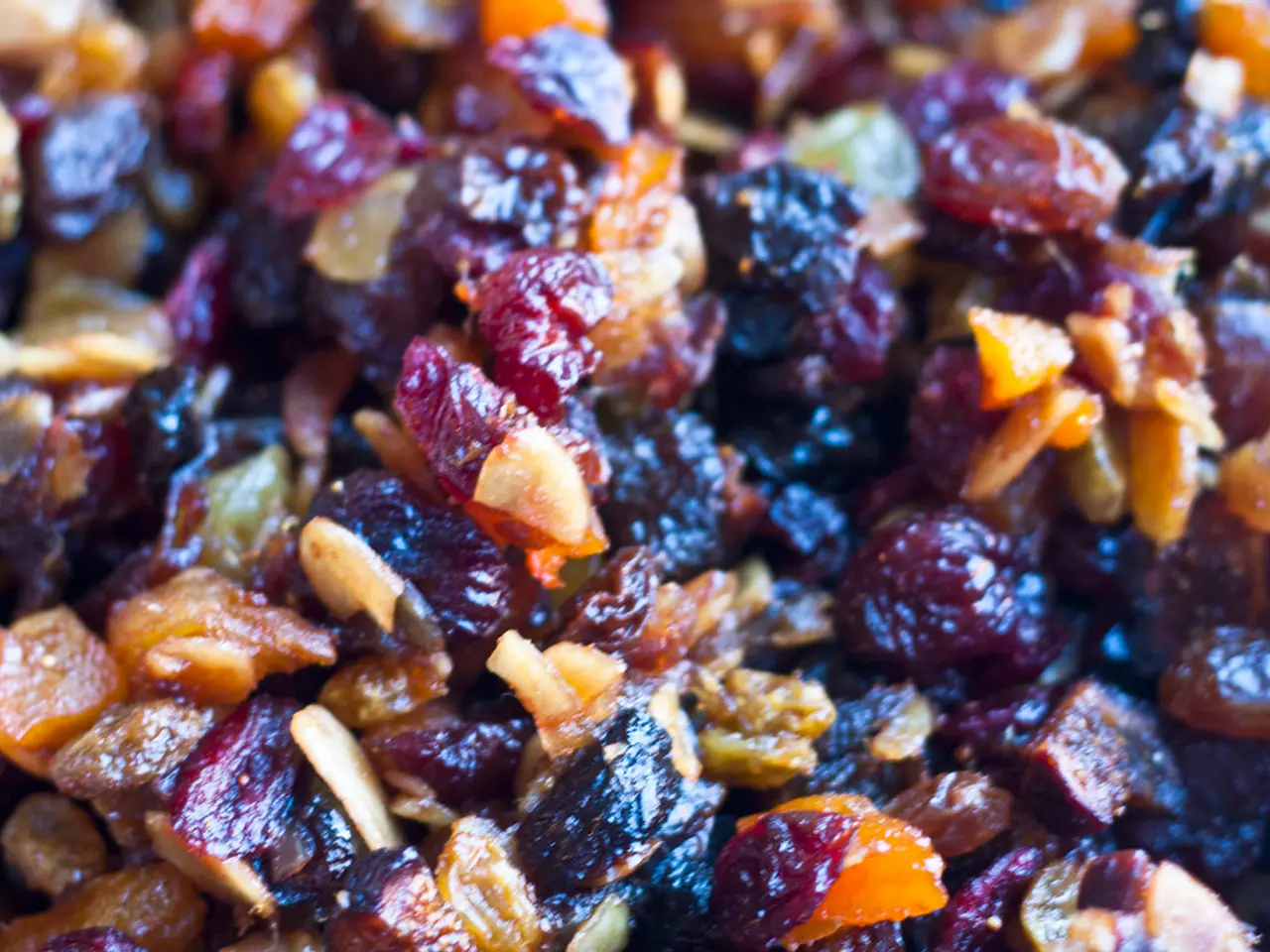Exploring Combinations of Tastes for Enhanced Digestion and Nutrient Uptake
In the realm of nutrition, food is more than just fuel. It plays a significant role in our health, extending beyond simple sustenance. This concept is particularly evident in the practice of flavor pairing, a centuries-old culinary tradition that aims to promote better digestion and nutrient absorption.
At the heart of this practice lies the science of how different compounds in foods interact to optimise nutrient absorption and support gut health. For instance, combining proteins and carbohydrates at the same meal can provide a balance of different digestive enzymes, aiding in optimal digestion.
One key aspect of flavor pairing is the synergy between certain foods. Pairing iron-rich plant-based foods like spinach or lentils with vitamin C-rich fruits or vegetables (like bell peppers or oranges) improves the absorption of non-heme iron, a type of iron found in plant-based foods. Similarly, pairing fruits and dairy supports gut health and enhances digestion due to the synergy between probiotics and fiber in yogurt and antioxidants, vitamin C, and fiber in fruits.
The concept of flavor pairing also involves balancing the five basic tastes: sweet, salty, sour, bitter, and umami. For example, sour and bitter foods can stimulate digestion by increasing the production of saliva and digestive enzymes. Sour foods, such as lemons, are often used in digestifs, combined with Averna and sweeteners to promote digestion after meals.
Bitter greens or foods rich in vitamin C can also improve fat digestion and nutrient absorption when paired with fatty foods. This principle is illustrated in the combination of grilled salmon with asparagus and lemon, where the bitter asparagus and sour lemon work together to aid in the digestion of the fatty salmon.
Another important aspect of flavor pairing is the enhancement of bioavailability. For instance, turmeric, a spice rich in curcumin, is not easily absorbed by the body. However, the addition of black pepper can enhance its bioavailability due to the presence of piperine in black pepper, which increases the absorption of curcumin.
Fat-soluble vitamins require fat to be absorbed properly by the body, so pairing foods rich in these vitamins with healthy fats can significantly enhance their absorption. This principle is demonstrated in the pairing of carotenoid-rich vegetables such as carrots, tomatoes, and leafy greens with fat-rich foods like avocado, which helps the body absorb fat-soluble vitamins more effectively.
Incorporating the science of flavor pairing into daily meals can lead to better meals, better digestion, and better overall well-being. It optimises nutrient absorption, supports gut health, and fosters a balanced gut microbiome, which in turn supports digestion, nutrient absorption, and immune function.
Moreover, many fermented foods, such as kimchi, sauerkraut, kefir, and miso, promote the growth of healthy gut bacteria and aid in breaking down complex compounds in foods, making nutrients more bioavailable. These foods, when paired with fiber-rich fruits and vegetables, can create meals that are not only delicious but also nutrient-dense and beneficial for overall health.
In conclusion, the practice of flavor pairing offers a simple yet powerful way to enhance the nutritional value of our meals. By understanding the science behind this ancient culinary tradition, we can make informed choices about the foods we eat, leading to better meals, better digestion, and better overall well-being.
Read also:
- Nightly sweat episodes linked to GERD: Crucial insights explained
- Antitussives: List of Examples, Functions, Adverse Reactions, and Additional Details
- Asthma Diagnosis: Exploring FeNO Tests and Related Treatments
- Unfortunate Financial Disarray for a Family from California After an Expensive Emergency Room Visit with Their Burned Infant








